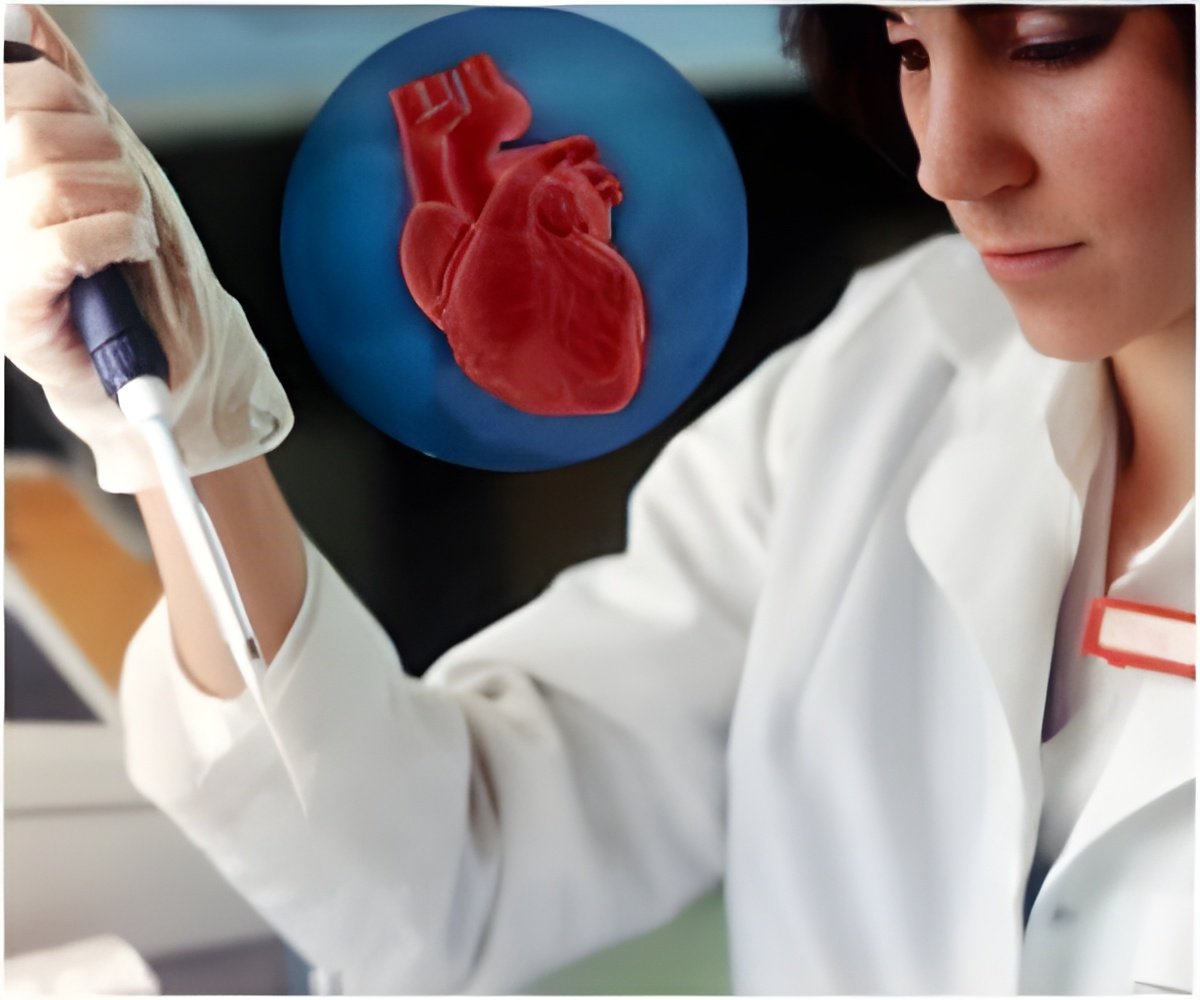The person-on-a-chip technology, called AngioChip, offers a powerful platform for testing new drugs and also be used to repair or replace damaged organs.

‘The 3D heart and liver models can be used for discovering and testing new drugs and repair or replace damaged organs.’





"It is a fully three-dimensional structure complete with internal blood vessels," said one of the researchers Milica Radisic, professor at the University of Toronto in Canada. "It behaves just like vasculature, and around it there is a lattice for other cells to attach and grow," Radisic noted.
Out of POMaC, a polymer that is both biodegradable and biocompatible, the researchers built a scaffold for individual cells to grow.
The scaffold is built out of a series of thin layers, stamped with a pattern of channels that are each about 50 to 100 micrometres wide.
The layers, which resemble the computer microchips, are then stacked into a 3D structure of synthetic blood vessels. As each layer is added, UV (ultraviolet) light is used to cross-link the polymer and bond it to the layer below.
Advertisement
"Our liver actually produced urea and metabolized drugs," Radisic pointed out.
Advertisement
In future, Radisic envisions her lab-grown tissues being implanted into the body to repair organs damaged by disease.
"It really is multifunctional, and solves many problems in the tissue engineering space," Radisic said.
"It's truly next generation," she noted.
The work was published in the journal Nature Materials.
Source-IANS















